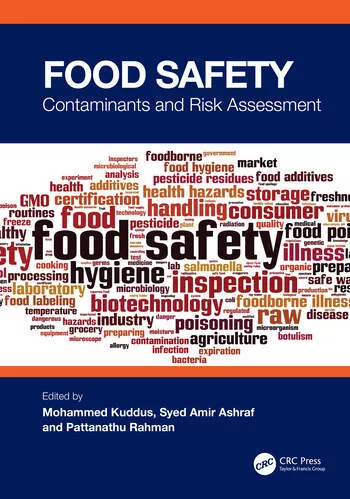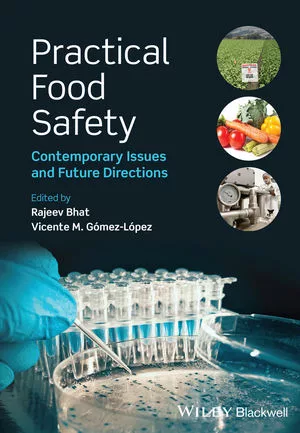A Closer Look at Probiotics

1. What are probiotics and how do they work?
Probiotics are live bacteria that live along your digestive tract, supporting your body’s ability to absorb nutrition and fight off infection. While they are naturally occurring in your body, your probiotic levels can easily become unbalanced, leaving you with an insufficient amount. Unlike “bad” bacteria that do their best to make you sick, probiotics are “good” or “helpful” bacteria committed to keeping you healthy.
2. What is a DNA-verified probiotic (perhaps differentiate this from one that is not DNA verified?)
DNA-verified probiotics are clinically tested to ensure that each capsule contains the very probiotic bacteria strains that the label expresses. A November 2015 published study in the journal Nature[1] showed that 94 percent of probiotics from store shelves, tested at the University of California, had different bacteria in the capsule compared to what was claimed on the label.
3. Why is it important to have this verification?
Since DNA verification is the only way to accurately determine the contents of the probiotic strains, it sets a necessary standard in the probiotic market, and the Probiogen line is paving the way.
4. How strong is the science that probiotics benefit gut health?
What is clear is that certain strains have a profound benefit to gut health. Probiotics, as you would find them in retail stores, formulated with dozens of strains and with very high doses have virtually no scientific validation. However, certain key strains at specific doses are proven to have measurable and long-term benefits in digestive health. With probiotics, it's all about the quality of a strain—not quantity. Most products are designed to deliver numerous strains at doses of 50 billion cells per day or greater, whereas most studies are done with 1–3 strains at doses of 5–9 billion cells per day. In the scientific community, we consider most of formulations on the market to be "kitchen sink" formulations, where companies adopt the idea that more is better and end up throwing a number of bacterial strains in the product without any scientific rationale.
5. Does DNA verification have an impact on food safety?
If the food is a fermented food, it can. It is important for a food manufacturer to understand what species they are using for fermentation. DNA verification is the only way to accomplish this. Outside of fermented foods, it is not really applicable.
Reference
1. Lewis, ZT et al. 2016. “Validating Bifidobacterial Species and Subspecies Identity in Commercial Probiotic Products.” Pediatr Res 79(3):445–452.
Kiran Krishnan is a research microbiologist at Probiogen.
Looking for quick answers on food safety topics?
Try Ask FSM, our new smart AI search tool.
Ask FSM →








